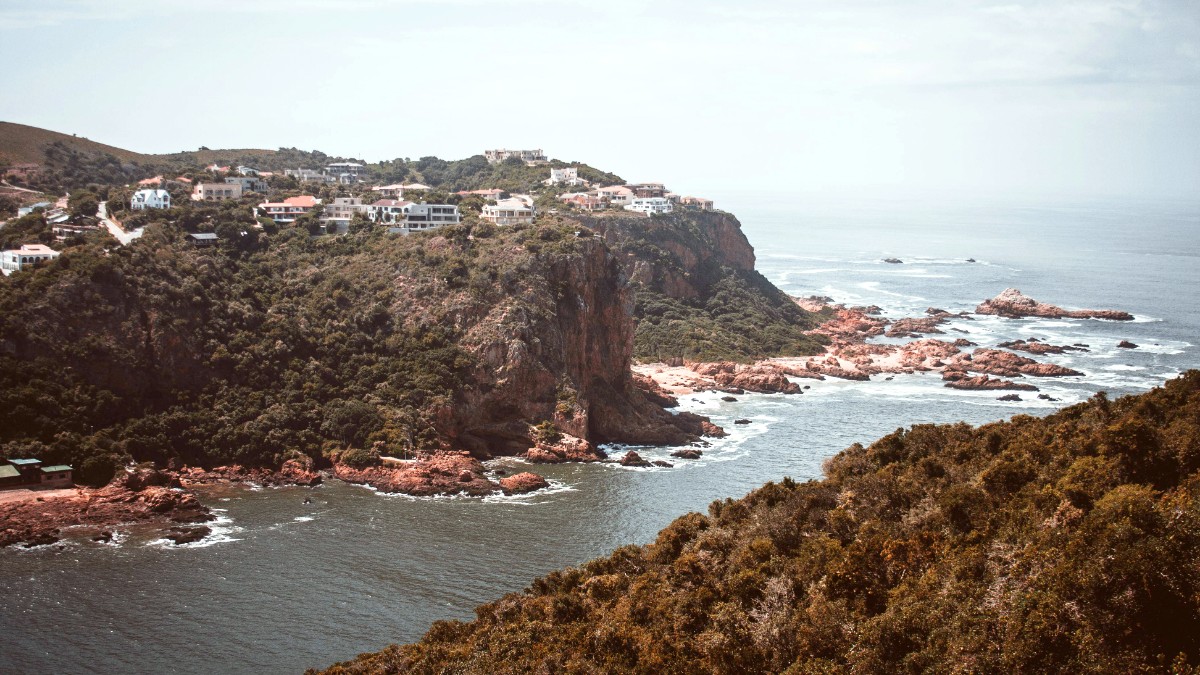
South Africa
Knysna (approximately 30-40 minutes drive): A picturesque town known for its lagoon, the Knysna Heads, and vibrant waterfront. Activities include boat trips, exploring markets, and oyster tasting.
Tsitsikamma National Park (approximately 45 minutes to 1 hour drive): This park boasts stunning coastal and forest landscapes, famous for its suspension bridges and adventure activities.
Consider your travel preferences when choosing how to explore.
Self-drive (Rental Car): The most flexible way to tour these destinations. (See Section 5.3 for car rental details).
Organized Tour: Hassle-free travel, with all transportation and logistics handled. Local guides share their expertise. Fixed itineraries optimize time. Good for solo travelers or those preferring not to drive. Less flexibility regarding pace and stops. Guests may feel rushed at certain attractions. Itineraries might not suit all personal interests.
Plettenberg Bay's central Garden Route position makes it a starting or ending point for longer regional explorations.
South Africa's third-largest national park, featuring excellent elephant viewing and Big Five safaris in a malaria-free setting. Approximately 3.5-4 hours east of Plettenberg Bay. A visit here pairs well with a stop in Jeffrey's Bay.
Adding an overnight stay in Oudtshoorn permits a more relaxed and detailed exploration of its attractions, including multiple ostrich farm tours, extensive Cango Caves visits, and wildlife ranches.
South Africa's 'Mother City'. A logical start or end point for a Garden Route trip. It typically needs a flight or a full day's drive (around 6 hours) from Plett.
From Plettenberg Bay, consider eastward travel.
Heading west, explore the charm of the Garden Route.
Discover the historical and cultural aspects of the region beyond Plettenberg Bay.
Explore heritage beyond Plett's immediate vicinity.
A glimpse into agricultural and creative communities.
Respect local customs when capturing memories.
No specifically designated pilgrimage sites in this region are part of general tourism itineraries.
Support local craftspeople and cultural initiatives. By purchasing authentic, locally made goods, you contribute to the preservation of traditional skills and cultural heritage. Engage with local stories, history, and art forms to gain a appreciation.
A handshake is a common greeting. Make eye contact and offer a polite smile. Address older individuals with titles until invited otherwise. Politeness and warmth are appreciated.
Casual and comfortable clothing is acceptable for most daily activities. Smart casual is suitable for most restaurants. For religious sites, dress modestly covering shoulders and knees.
Wait until everyone at your table has been served before beginning to eat. Meals often involve social interaction, and lingering over food and conversation is common.